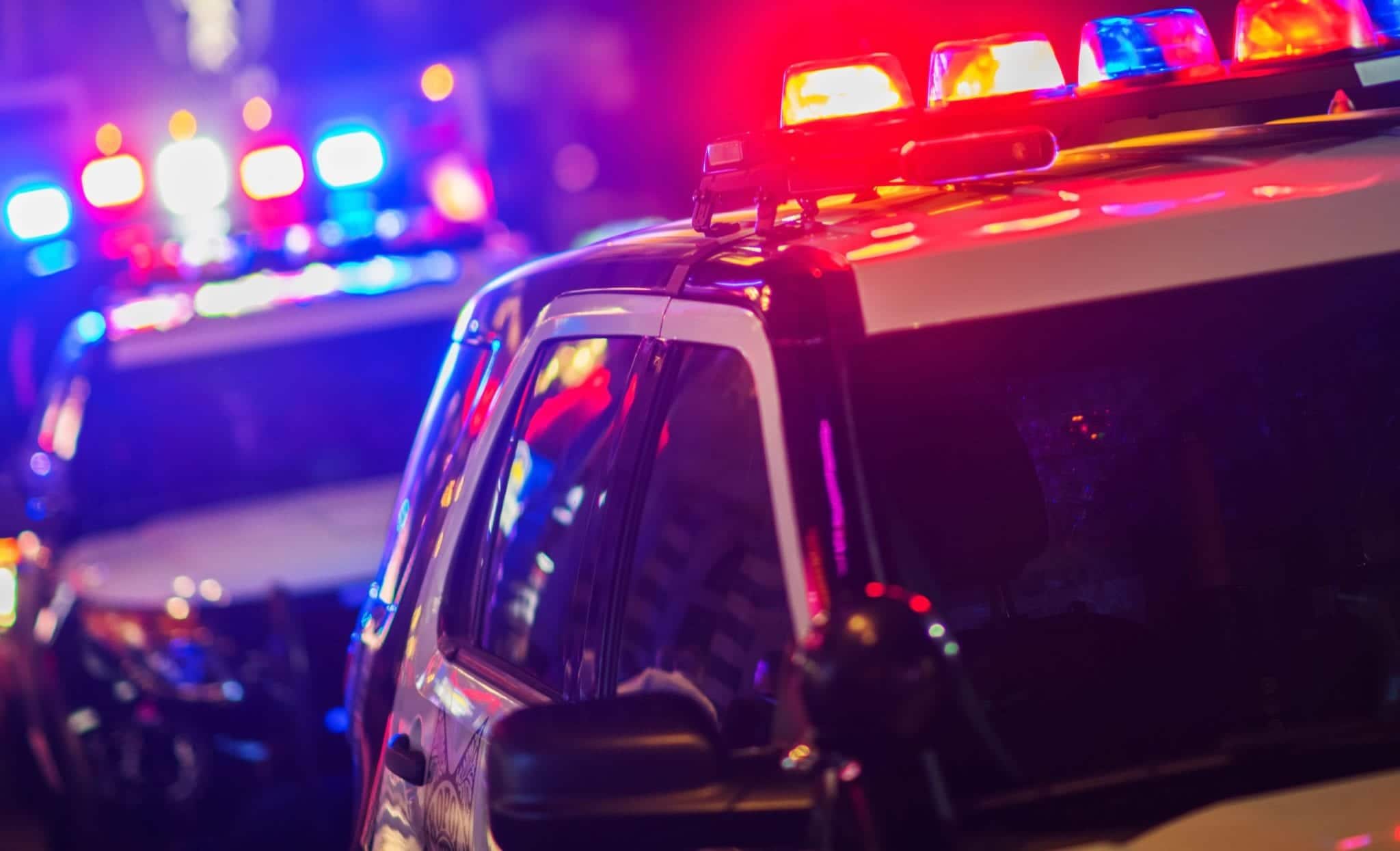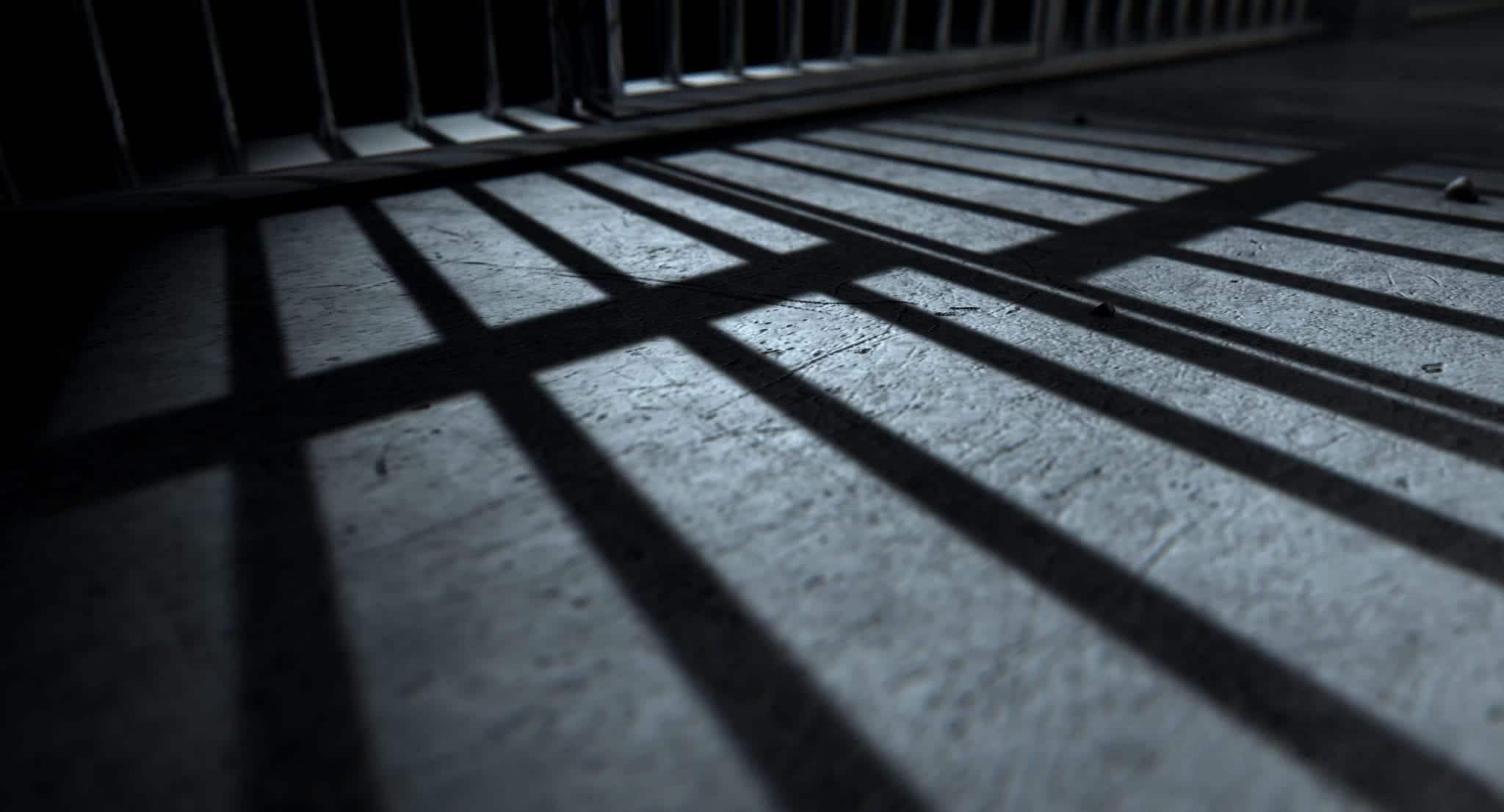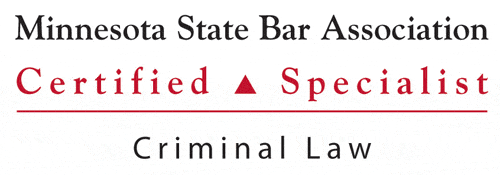
New Year’s Eve will be here before you know it, and ringing in a whole new decade this year is sure to be full of celebration, friends, and excitement.
What else can you bet on? Alcohol…and sometimes party-hopping. You already know this, but it’s worth repeating. Alcohol and attending parties at different locations all night is a recipe for disaster if you don’t plan ahead.
The reason is pretty simple: There are more MN law enforcement officers patrolling our streets over New Year’s Eve.
More MN Law Enforcement Officers Patrol on New Year’s Eve
New Year’s Eve is one of the busiest days of the year for DWI arrests, with many states setting up sobriety checkpoints. While there are no sobriety checkpoints in MN, there will still be greater police present that night than normal.
If you’re planning on imbibing this year, avoid a New Year’s DWI charge by planning your ride home (or from party to party) now — in advance.
New Year’s Ride Options in Minnesota
There are plenty of options to help you avoid a New Year’s DWI charge. Here are some of the most common ways Minnesotans get home when they don’t want to drive themselves:
- Arrange a designated driver
- Plan to stay overnight wherever the party is
- Budget for a rideshare or taxi
- Track your intoxication levels with apps like DrinkTracker (iOS) or AlcoDroid (Android) so you know when you’re safe to drive.
Now, let’s talk about what could happen if you decide not to plan ahead, and wind up on the roads while intoxicated.
Minnesota DWI Laws
Minnesota may not set up sobriety checkpoints, but there are still many ways you can get charged with a DWI in this state. All an officer needs is “reasonable suspicion” to pull you over.
Reasonable Suspicion
Things that often lend to reasonable suspicion include:
- Using the wrong lane
- Tailgating
- Swerving back and forth
- Failing to use headlights
- Drifting between lanes
- Turning illegally or abruptly
- Erratic braking
You can also get pulled over for other traffic violations, like speeding, inoperative tail lights, or expired registration, and receive a DWI if the officer finds that you’re intoxicated.
Level of Intoxication

Minnesota DWI charges can range from a misdemeanor to a felony, depending on your history and your level of intoxication. The bar for intoxication is blowing a .08% on a breathalyzer test. No other evidence is needed to receive a DWI charge than this level.
The number of drinks it takes to reach this BAC varies depending on the person. On average, though two servings of alcohol can put someone in the category of legally impaired.
Aggravated DWI Charges
If your BAC is .16% or higher, your charges are immediately elevated to an aggravated DWI. This charge has higher penalties than a regular DWI and can result in a first charge being elevated to a felony if there are other aggravating factors.
Refusing to take the breathalyzer test in the first place is an automatic aggravating factor, for instance. Refusal is also a gross misdemeanor in itself.
Minnesota DWI Punishments
There are four different degrees of DWI charges, from fourth-degree as the least serious up to first-degree DWI charges, which are automatically considered a felony.
Fourth-Degree DWI Conviction
Fourth-degree DWIs, without any aggravating factors, are a misdemeanor. A DWI is considered fourth-degree if it is the first offense in ten years, and the offender agreed to take the breathalyzer test.
Maximum penalties on a conviction are 90 days in jail and $1,000 in fines. Count on at least a mandatory minimum of 30 days using an ignition interlock device with a guilty plea.
Third-Degree DWI Conviction
A third-degree DWI is a gross misdemeanor and carries a one-year jail sentence plus a $3,000 fine. A year of ignition lock or a limited license are pretty common for this conviction, and you’ll need to use impound plates, too.
A third-degree DWI occurs when an offender has already been charged with a DWI charge within the last ten years, or if a child is in the car.
Second-Degree DWI Conviction
A second-degree DWI charge is made on the third DWI in ten years or when aggravating factors are present during the incident.
Again there is up to a year in jail and $3000 in fines, but here your license can be canceled, your license plates impounded, plus up to three years of an ignition lock placed on your car.
First-Degree DWI Conviction
Finally, a first-degree DWI charge is a felony carries a maximum sentence of seven years in jail plus a $14,000 fine. Your license will be canceled and a mandatory ignition lock will be placed on your car for 4-6 years. Your vehicle may even be forfeited.

Nothing can ruin your holiday like a DWI charge. If you are interested in keeping your holiday light and fun, then a little planning now will go a long way.
When you know how you’re getting around, then you also know you won’t get a New Year’s DWI. Instead, you can relax and enjoy ringing in a new decade!
About the Author:
Christopher Keyser is a Minneapolis-based criminal and DWI defense attorney known for fighting aggressively for his clients and utilizing innovative tactics to get the most positive results. He has been featured in numerous media outlets due to the breadth and depth of his knowledge, and recognized as a Minnesota Super Lawyers Rising Star (2014–2015), a Top 100 Trial Lawyer (2013–2015), and a Top 40 Under 40 Attorney (2013–2015).





